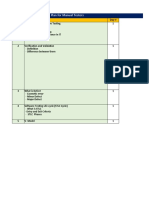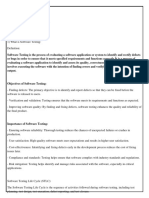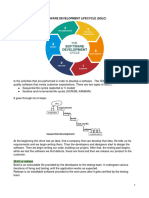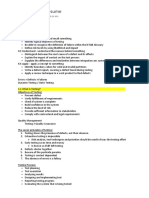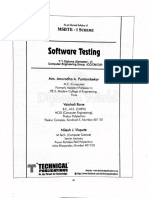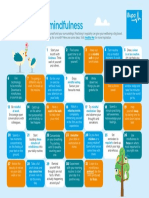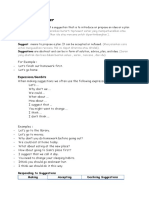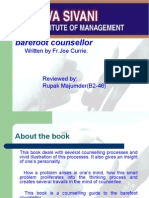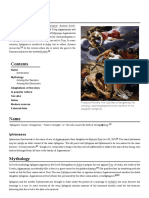0% found this document useful (0 votes)
49 views8 pagesLeture Note ISTQB
The lecture notes cover the fundamentals of testing, including its objectives, necessity, principles, and the distinction between testing and debugging. It also outlines various testing activities, roles, skills required, and software development lifecycle models, emphasizing the importance of early testing and risk management. Additionally, the notes discuss test analysis and design techniques, management strategies, and the benefits and risks associated with automation in testing.
Uploaded by
tinhdtCopyright
© © All Rights Reserved
We take content rights seriously. If you suspect this is your content, claim it here.
Available Formats
Download as PDF, TXT or read online on Scribd
0% found this document useful (0 votes)
49 views8 pagesLeture Note ISTQB
The lecture notes cover the fundamentals of testing, including its objectives, necessity, principles, and the distinction between testing and debugging. It also outlines various testing activities, roles, skills required, and software development lifecycle models, emphasizing the importance of early testing and risk management. Additionally, the notes discuss test analysis and design techniques, management strategies, and the benefits and risks associated with automation in testing.
Uploaded by
tinhdtCopyright
© © All Rights Reserved
We take content rights seriously. If you suspect this is your content, claim it here.
Available Formats
Download as PDF, TXT or read online on Scribd
/ 8
